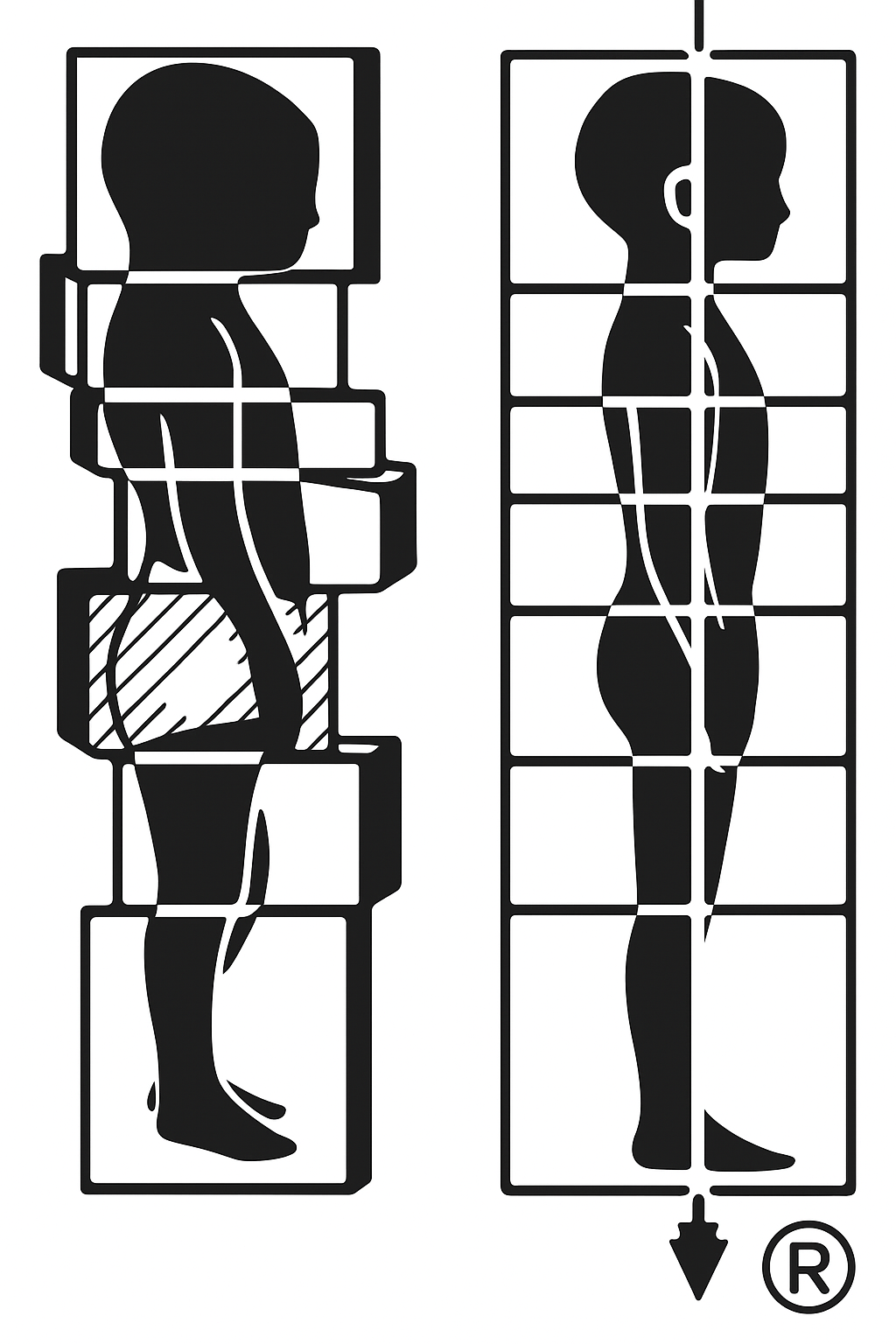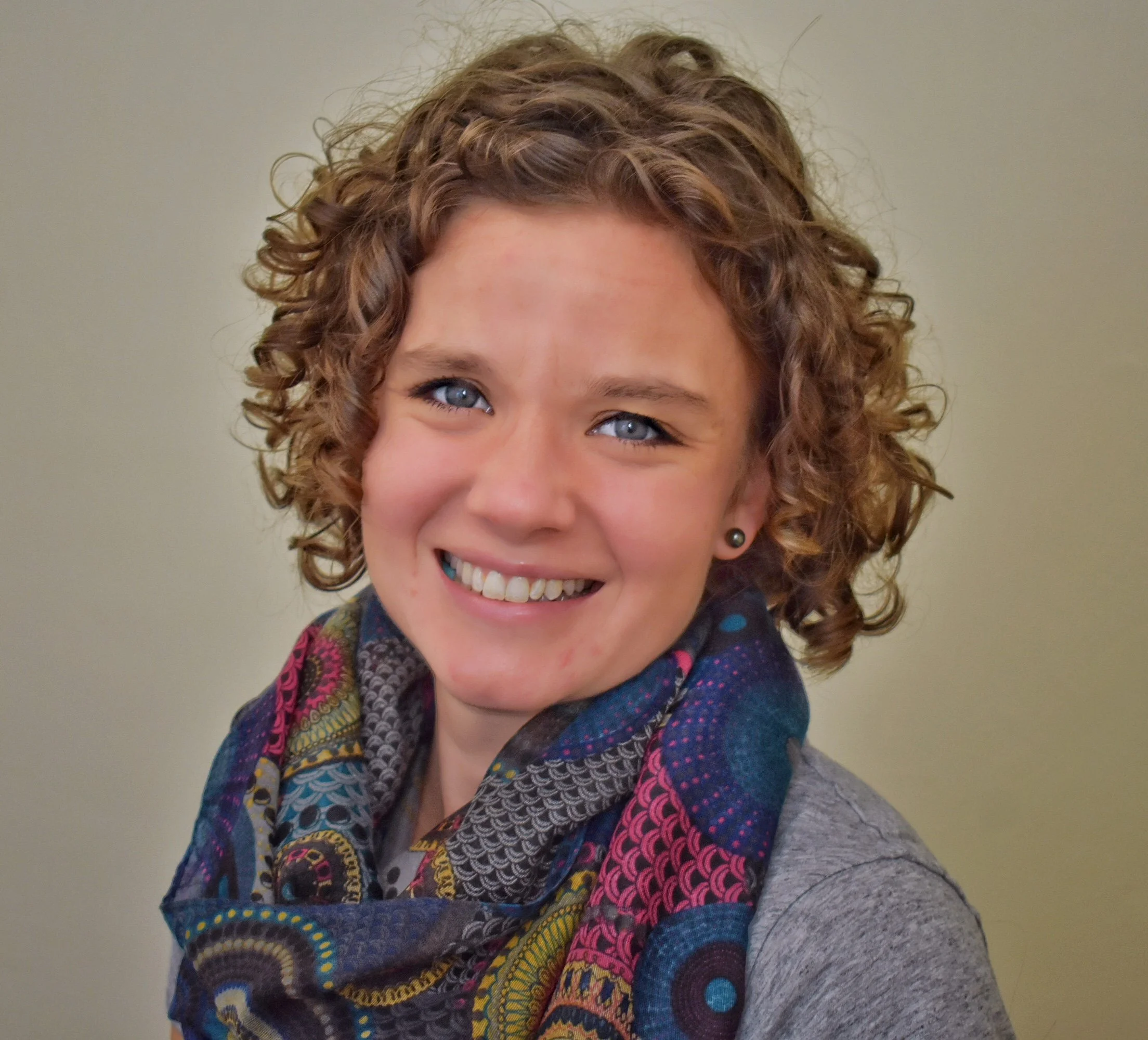Structural Integration at Acadia Yurts
What Is Structural Integration?
Structural Integration (SI) is a form of bodywork that works with lines of fascia to help bring your body back into better alignment and harmony by looking at the body as a whole. Fascia is a web-like tissue that surrounds and connects muscles, organs, and nerves throughout the body. When fascia lacks glide we lack movement and ease that can result in pain or restriction in every day activities. In SI practice the practitioner and client explore patterns the body has developed over time — often as a response to injury, posture, or lifestyle — and work to release tension, improve movement, and restore natural balance.
Do you feel “Out of Sorts”?
Does one side of your body feel more tense or restricted than the other?
Would you like to find greater ease in your everyday movements?
Let’s talk about what Structural Integration (SI) can do to help you find more balance, comfort, and alignment!
How We Get “Out of Sorts”
Injury or Accident:
After an injury, your body instinctively compensates to reduce pain and keep you moving. Over time, those compensations can become long term holding patterns. SI helps guide the body back toward its original, more efficient alignment so that all systems can function optimally.
Lifestyle Habits:
Daily routines — like sitting at a desk, driving, bending, or repeating the same motions — can distort posture and cause overuse in certain tissues while leaving others underused. It’s not all movement based either- on the reverse side of the coin, a more sedentary lifestyle can limit agility and natural movement.
What Does This Mean?
When our tissues are “stuck” in these patterns everyday movements become more taxing more quickly because our muscles are incapable of doing their job efficiently.
In SI, we use dynamic movement testing and observing the body standing in load to identify which tissues are short (concentric load) and which are long (eccentric load).
While we often feel pain in the long, eccentric loaded tissues the culprit of the pattern is the short, concentrically loaded tissues. It seems counterintuitive to not immediately address your main concern but in our work relieving the short tissues of overworking allows the long tissues (often pain site) to relax and return to a more appropriate work load. Our SI intervention will focus on lengthening short tissues and feeding slack to long tissues so both can find equilibrium and return to doing “their” job.
What to Expect in the 3-Series
Currently, as a student through Anatomy Trains, I am offering the 3-Series. This series is designed to tap into the body’s potential from root to crown and create meaningful change in just a few sessions.
Each session includes:
Body reading (to observe posture and alignment)
Manual therapy (hands-on work tailored to your structure)
Progress photos (to visually track your body’s evolution)
Each session lasts approximately 90 minutes, ideally scheduled one week apart for optimal results.
Session 1 – Foundations
We begin the series by organizing the body over the feet and legs to create a strong foundation so you feel a natural lift from the ground up. Hands-on work focuses on the feet, ankles, legs, and pelvis — helping you find your natural lift and grounded support.
Session 2 – Breath & Space
Session 2 opens the abdomen and rib cage, aligning the torso and shoulders over the hips. Hands-on work includes the abdomen, ribs, neck, and arms — creating more freedom in the breath and a sense of spaciousness through the torso.
Session 3 – Spine
Finally, we focus on the spine, connecting the shoulder and pelvic girdles to restore balance, ease, and fluid movement throughout the body. You’ll leave this session feeling more connected and aligned from head to toe.
What Makes SI Different from Other Bodywork?
While massage focuses on relaxation, circulation, and temporary relief, Structural Integration invites active participation and awareness with the client’s participation.
This work is ideal for clients ready to explore a deeper connection to their body and it’s potential for ease.
Is Structural Integration Right for Me?
Short answer: Let’s talk about your goals!
SI is for anyone who wants to improve their day-to-day functional movement and feel better in their body. My aim is for every client to gain greater awareness of their body’s movement through space, so that life’s simple actions — walking, standing, reaching, working, exercising — become more natural and effortless. As your body comes into better alignment, old patterns and discomfort begin to fade and are replaced by a sense of lightness and ease.
About Your Practitioner - Karen Roper
I believe that in order to show up fully in life, we need to feel good in our bodies — and everyone’s path to that feeling is unique. When we feel better physically, we’re happier, more patient, more kind, and more engaged with the world around us.
My wellness journey began with a love of movement and sports at a young age. Since then, I’ve followed a path that includes:
200-hour Yoga Teacher Training (2011)
Massage School (2014)
300-hour Advanced Yoga Teacher Training (2017 - 2020)
During my advanced yoga teacher training, the 50 hour Yin Yoga module was a turning point for me personally and professionally. Its focus on long-held poses, fascial release, and internal balance opened the door to my fascination with slowing down and dropping in. Structural Integration made sense because both modalities work deeply with the fascia to create spaciousness and flow in the body.
Now, as a student at Anatomy Trains (based right here in Maine!), I’m thrilled to bring this transformative work to my clients at Acadia Yurts & Wellness Center.
When I’m not in the studio, you can find me walking, hiking, or running the trails of Acadia National Park, soaking in the beauty that inspires this work every day.



